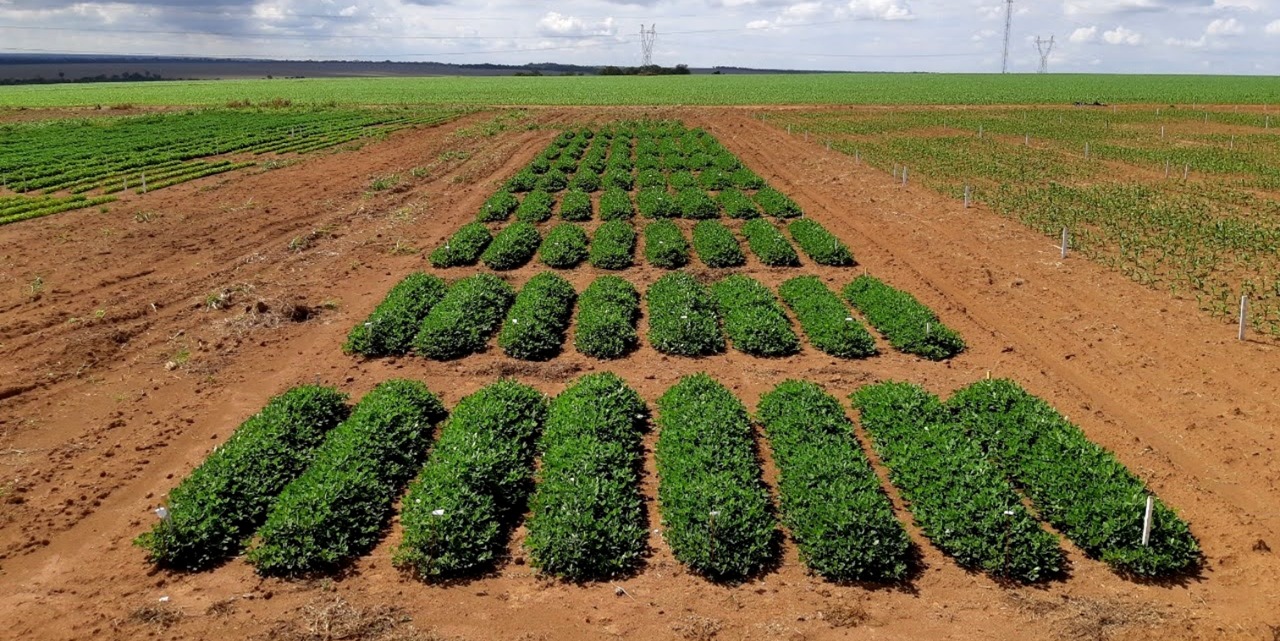Agronomic performance of peanut genotypes under Sorriso-MT conditions
DOI:
https://doi.org/10.17648/sas.v1i2.43Keywords:
Arachis hypogaea L, Improvement Program, Productivity, Peanuts in Mato GrossoAbstract
In the last years, Sorriso has become the largest national grain producer, causing important economic, social and local landscape transformations. This work aimed to evaluate the agronomic performance of peanut genotypes in the conditions of Sorriso-MT. The experiment was conducted in the experimental area of the Federal Institute of Education, Science and Technology of Mato Grosso – Sorriso Campus, located in the municipality of Sorriso-MT, with manual sowing performed on December 18, 2019. It was used design in randomized blocks, with four repetitions. The treatments consisted of eight peanut genotypes, being 4 cultivars (BRS 421 OL, BRS 423 OL, BRS 425 OL and EC 98 AO) and 4 strains (18-1253 OL, 18-1952 OL, 18-2133 OL and, 18-2136 OL). The plots were composed of two lines of three meters in length, spaced 0.90 m apart, with an interval of two meters between plots and an evaluation area of 5.4 m2 in the plot. The crop and plant health management were carried out in accordance with the recommendations for the crop. The average stand was 15 plants per linear meter. The test was reversed at 135 DAE. Severity of black spot, mass of 100 grains, yield and yield of pods were evaluated. In the experimental conditions in which this research was developed, it can be concluded that the genotype BRS 421 OL obtained the highest mass of 100 grains. The highest yields were obtained in the genotypes 18-2136 OL, BRS 423 OL, BRS 425 OL, 17-1253 OL and 18-1952 OL. The black spot severity of was lower for genotypes BRS 421 OL BRS 423 OL, BRS 425 OL. Pod productivity was not influenced significantly influenced by the different peanut genotypes. However, all genotypes produced over 4,600 kg.ha-1. Further studies are recommended to obtain a possible agronomic recommendation of the genotypes most appropriate to the conditions of Sorriso-MT.
Downloads

Downloads
Published
How to Cite
Issue
Section
License
Autores concordam com os seguintes termos:
a) Os autores mantêm os direitos autorais e concedem à revista o direito de primeira publicação, com o trabalho simultaneamente licenciado sob a LicençaAttribution-NonCommercial-ShareAlike 4.0 International, que permite o compartilhamento do trabalho com reconhecimento da autoria e publicação inicial na Revista SAS. A licença permite o uso, a distribuição e a reprodução irrestrita, em qualquer meio, desde que devidamente citada a fonte. Essa licença permite também que outros remixem, adaptem e criem a partir do seu trabalho para fins não comerciais, desde que atribuam a você o devido crédito e que licenciem as novas criações sob termos idênticos.
b) Não cabe aos autores compensação financeira a qualquer título, por artigos ou resenhas publicados na South American Sciences.
c) Os conceitos expressos nos artigos publicados na South American Sciences são de inteira responsabilidade de seus autores.








